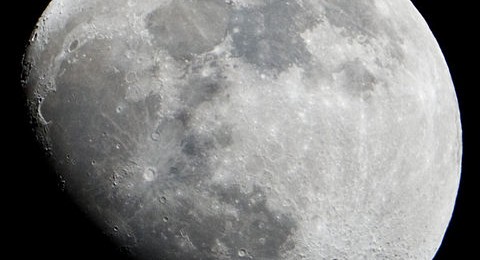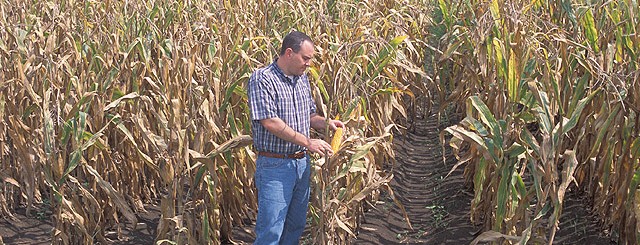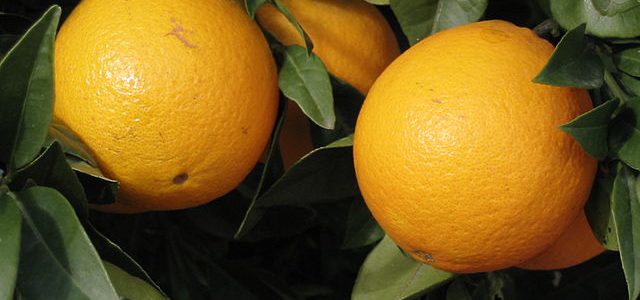Climate and Ag in the news
-

As temperatures rise across most of the earth, farm workers and others who work outside like roofers, construction laborers, and lawn care employees are being increasingly affected by the high heat stress that occurs when high daytime temperatures and humidity take their toll on those workers, especially if they are doing hard manual labor. One…
-

As most of you know, this year’s production of peaches in Georgia and in nearby states was sharply down this year due to the combination of a very warm winter and a mid-March frost that hit right when most peach trees were blooming. This resulted in small fruit or no fruit at all in many…
-

If you ever get asked about what kinds of disasters have hit your county or community, you should check out the new Atlas of Disaster put together by Rebuild by Design and available here as a PDF file. They also have PDFs of individual staetes, such as this one for Georgia at GEORGIA.pdf (rebuildbydesign.org). You…
-

I’ve seen some spectacular photos of autumn color this year in northern parts of the United States as well as in higher elevations in the Southern Appalachians. If you are interested in going on a leaf-peeping trip, here are some sources of information about where the color is at peak. If you go, drive carefully…
-

The Indiana PrairieFarmer had an interesting story this week about how their corn performed this year. Most of the corn there reached the black layer stage by early October, making it safe from a killing freeze (28 F) this year. Probably just in time, too, since we are expecting much colder conditions to move into…
-

You may have noticed that the weather in Europe this year has been very hot and dry. The drought that has resulted from those conditions has put olive trees under tremendous stress, and wildfires have caused even more stress on olive orchards. The result is that olive oil from Europe is very expensive and hard…
-

We’ve spent some time in the last couple of weeks talking generally about how the current El Nino is likely to affect our climate this winter. Here is an article from Growing Produce that takes that information and applies it to a prediction of how the expected winter weather will affect Florida’s 2023-2024 Citrus Season:…